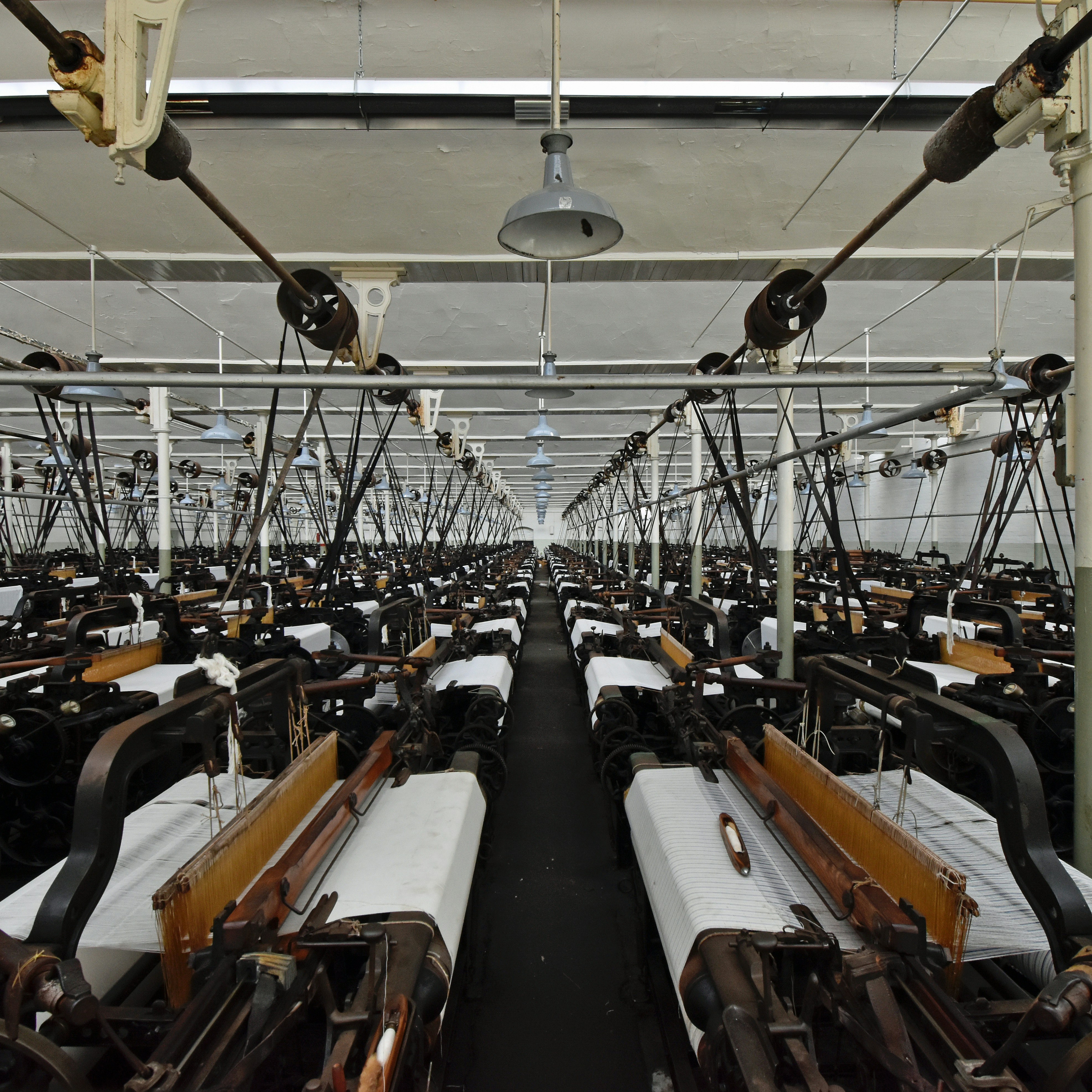Textile mills are a very complex topic socially, economically, and environmentally, so this article briefly synthesizes a few key points to know about the world of textile mills.
What is a Textile Mill?
A textile mill is a hub of textile production, where raw materials such as yarn or fabric are transformed into usable textiles through the use of machinery. These textiles find their way into many products, spanning industries from fashion and apparel to agriculture and automotive. Whether you’re rocking your favorite pair of Levi’s or wrapping up in a cozy blanket, chances are it came from a textile mill.
Types of Textile Mills
Textile mills come in various shapes and sizes, each specializing in different stages of production. Here’s a breakdown of some common types:
- Spinning Mills: These mills spin raw fibers into yarn.
- Weaving Mills: They weave yarns together to create woven textiles.
- Knitting Mills: Knitting mills produce fabrics by interlocking loops of yarn.
- Dyeing and Printing Mills: Specialize in adding color and designs to fabrics.
- Finishing Mills: Enhance the appearance and performance of fabrics.
- Garment Manufacturing Mills: Cut, sew, and assemble fabric into garments.
- Specialty Mills: Focus on specific fabrics or processes.
- Vertical Integration Mills: Handle multiple production stages in-house. (Ex. Vidalia Mills)

Micro Mills
Now, let’s talk about important micro mills, pint-sized powerhouses that produce limited quantities of textiles. Operating on a smaller scale, these mills prioritize localized production, which reduces their environmental footprint. Their emphasis on customization and flexibility allows them to offer more tailored solutions and rapid sampling capabilities. Fuelled by an entrepreneurial spirit, these mills are often founded and led by individuals, families, or communities who drive economic stimulation within the local areas.

The Nature of Mills
While textile mills are indispensable to the fabric industry in the creation of economic growth, export opportunities, and innovations, it is important to note that not all Mills are sustainably driven. For those who are not – here are some drawbacks:
- Environmental Pollution: Wastewater laden with chemicals from dyeing and finishing processes can pollute water sources.
- Air Pollution: Emissions from manufacturing processes contribute to air quality degradation.
- Resource Depletion: High water and energy consumption, coupled with raw material extraction, strain natural resources.
- Chemical Hazards: Depending on working conditions, workers can be exposed to various chemicals used in production, posing health risks.
- Waste Generation: Large amounts of solid waste are generated, contributing to landfill pollution.
- Worker Exploitation: Some mills in lesser-developed areas may subject workers to poor conditions, low wages, and long hours.
- Climate Change Impact: Greenhouse gas emissions from manufacturing contribute to climate change.
The Future of Mills
Looking ahead, the textile mill industry is poised for transformation within the coming decades. Key trends include a focus on sustainability and the circular economy, digital transformation, innovative materials (usually eco-friendly leaning), local and on-demand manufacturing, and transparency in the ethical sourcing of materials. All of which will provide a stronger, holistic approach to the milling of our dear textiles.

